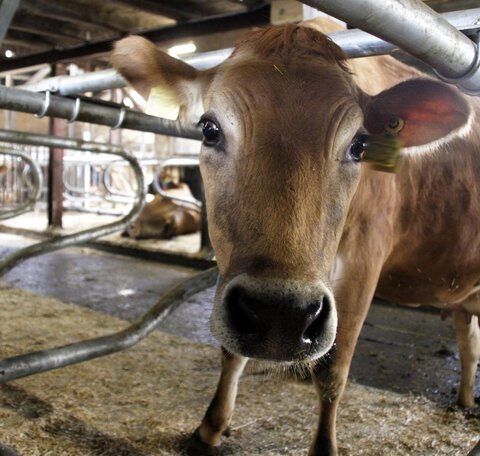There's something very special about the beautiful light brown, medium-sized Jersey cows from VikingGenetics on Frey GbR farm. They are curious and come close to take a look at visitors. "It was a good decision to switch to VikingJersey," says farm manager Inge Frey.
The last Holstein Friesian cows left the farm just a few weeks ago. They were not part of the switch to the milking robot, as the width was set for the more delicate Jerseys from the get-go. But what were the reasons for switching to VikingJersey?
"With our current technology and the stall dimensions, it was no longer possible to increase production with the Holstein Friesian cows," explains Inge Frey.
The "too small" stall dimensions in the stables built in the mid-1980s for the ever-larger Holstein Friesian cows meant that the service life and frequent problems with limbs were becoming increasingly problematic. It was also impossible to adjust the stall dimensions further, as the barn is not self-supporting, and the existing stall dimension specifies the width for the stall areas.






